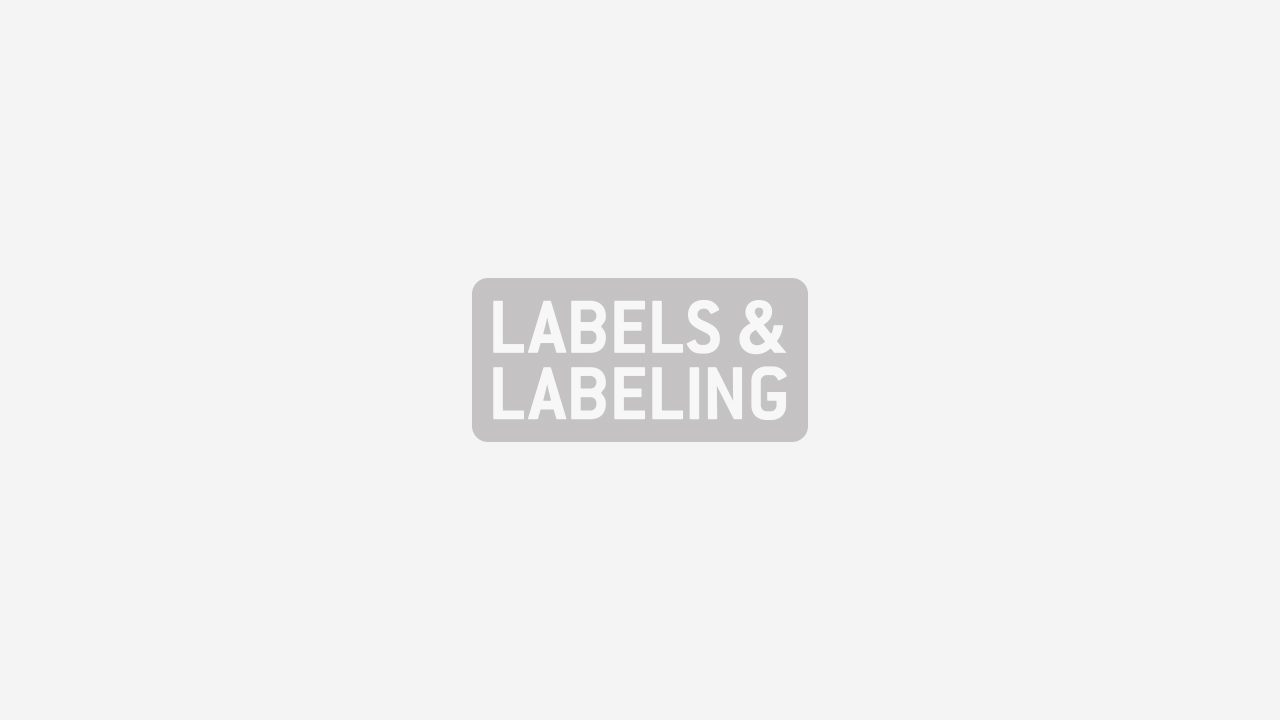Experts urge continued investment in economic downturn

 During economic downturns, many businesses attempt to save money by reducing their advertising and marketing spend. But it can be their biggest commercial mistake, according to experts both in and out of the label industry.
During economic downturns, many businesses attempt to save money by reducing their advertising and marketing spend. But it can be their biggest commercial mistake, according to experts both in and out of the label industry.
Independent studies have showed that in every recession of the past 90 years, the businesses which increase their advertising and marketing spend are the ones who survive the tough times and flourish afterwards.
In a study published by Findlay Publications, Professor Patrick Barwise of the London Business School discussed the advantages of advertising in a recession: ‘Many successful companies maximize their long-term shareholder value by maintaining their advertising investment when the economy slows down and weaker competitors cut back on their marketing. This enables them – at lower cost than when the total market is growing – to build market share. A prime reason for this is that if competitors retrench, those who maintain or increase their ad spend achieve a higher “share of voice”. Any reduction in these companies’ short-term financial performance is typically soon outweighed by their increased revenue and profit growth when economic conditions improve.’
Barwise recommended three positive strategies for coping in a recession:
• Look for new creative, targeting or media opportunities. Slower market conditions can create new possibilities.
• Strengthen your market position against weaker rivals, through your marketing strategy.
• Keep going. The advantages of maintaining or increasing marketing effort are greater than the short-term benefits of reducing spend. Maintaining or growing ‘share of mind’ is much less expensive than trying to rebuild it later on.
Mike Fairley, who founded Labels & Labeling 30 years ago, agrees that continued spend is essential for companies looking for long-term success in the industry. ‘Those companies that took the risk with advertising in the first year of a new magazine some 30 years ago, and have stuck with us every since, through good and bad, are the key global industry leaders today: Gallus, Mark Andy, Nilpeter and Avery Dennison. Other key suppliers from the early years of the magazine are still thriving, such as Gerhardt, Schober and Edale.’
Fairley forecasts global label growth for 2009 of between 5 and 5.5 percent. The developed markets of Europe, the US and Japan will experience growth of between 2-4 percent; Latin America is forecasted for 6-7 percent growth; and India and China between 11-13 percent.
‘The global label industry has grown between 5 and 7 percent per annum pretty well every year for the past 30 years – and has always grown faster than GDP growth,’ he said.
Focusing on self-adhesive labels, Fairley predicts growth of 6-7 percent worldwide. ‘Based on historical records, self-adhesive labels have always grown above the rate of overall label growth,’ he said. ‘This forecast equates to a near one billion square meters of new growth in 2009.’
Fairley reports that label material usage is expected to be near 43 billion square meters by the end of 2009, and in excess of 50 billion square meters by the end of 2012. ‘The label industry in total is currently growing at between 2 billion and 2.5 billion square meters each year,’ he concluded.
Stay up to date
Subscribe to the free Label News newsletter and receive the latest content every week. We'll never share your email address.

